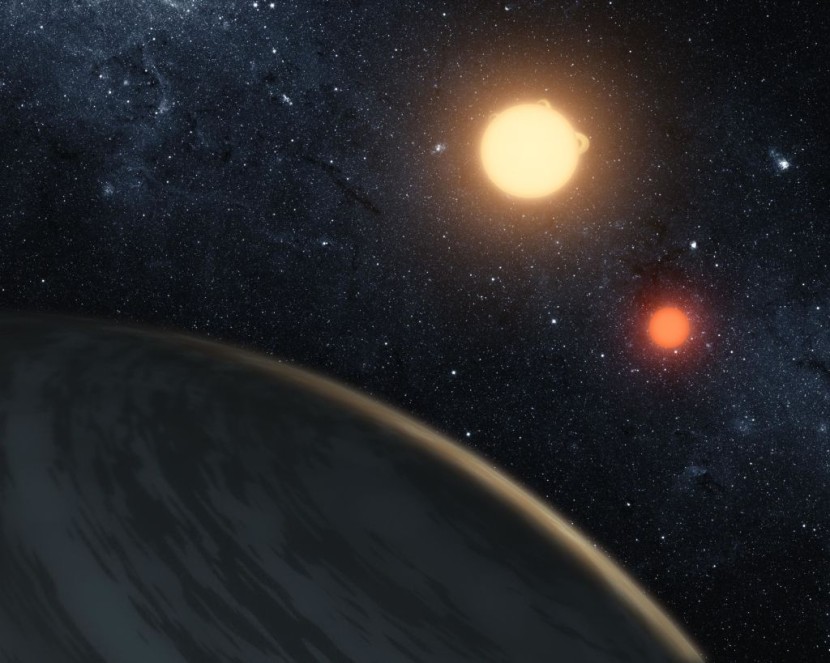
Astronomers at Leiden may have just discovered the existence of hidden planets orbiting the stars.
Dr. Joseph Callingham at Leiden University, ASTRON, and the lead author of the discovery, said that his team is confident that signals they are getting are coming from the magnetic connection of the stars and unseen orbiting planets.
This is reportedly similar to the interaction between planet Jupiter and the moon Io.
"Our own Earth has aurorae, commonly recognized here as the northern and southern lights, that also emit powerful radio waves - this is from the interaction of the planet's magnetic field with the solar wind. But in the status of aurorae from Jupiter, they're much more powerful as its volcanic moon Io is blasting material out into space, saturating Jupiter's environment with particles that drive unusually powerful aurorae," Callingham said via SciTech Daily.
The author added that the model they used for the radio emission from the stars is a scaled-up version of Jupiter and Io.
In this case, a planet is enveloped in the star's magnetic field, which feeds material into vast currents that also power bright aurorae.
Signals from 19 distant red dwarf stars discovered
Prior to their discovery, the University of Queensland's Dr. Benjamin Pope and his colleagues at the Dutch National observatory ASTRON searched for new planets using Low-Frequency Array (LOFAR) in the Netherlands.
Read Also: Global Internet Could Shut Down for Weeks When Solar Storms Hit With Electromagnetic Surge
Pope said they discovered signals from 19 distant red dwarf stars, four of which may have planets orbiting them.
Pope also said that they have long been aware that planets in the solar system emit powerful radio waves as their magnetic fields interact with solar winds. However, radio signals from planets outside the solar system have yet to be picked up.
More planets throughout the galaxy may be discovered
Regardless, Pope believes that this is still an important milestone for radio astronomy because it could one day lead to the discovery of planets throughout the galaxy.
Prior to this, astronomers only managed to detect the very nearest stars in steady radio emission. Everything else detected was just interstellar gas or black holes.
More recently, radio astronomers can detect plain old stars, which can eventually lead them to discover planets surrounding these stars.
However, Pope said that they could not 100 percent confirm whether the four stars that have planets have hosts. But they can say that a planet-star interaction is the best explanation for what the astronomers discovered recently.
Four planets found from radio signals is a first of their kind
According to Screen Rant, the discovery of new planets is not necessarily news. But the fact that these four hidden planets were potentially found from radio signals makes them interesting.
After all, the only planets previously found emitting radio signals are the ones in the Solar System.
Science Daily said that this discovery with LOFAR is just the beginning. After all, the telescope can only monitor stars that are relatively nearby or up to 165 lightyears away.
But the team believes they will be able to see hundreds of relevant stars at much greater distances in the coming years.
Related Article: Consortium of Scientists Develop Two-Step Process That Would Make Water, Oxygen Available on the Moon
© 2026 HNGN, All rights reserved. Do not reproduce without permission.








